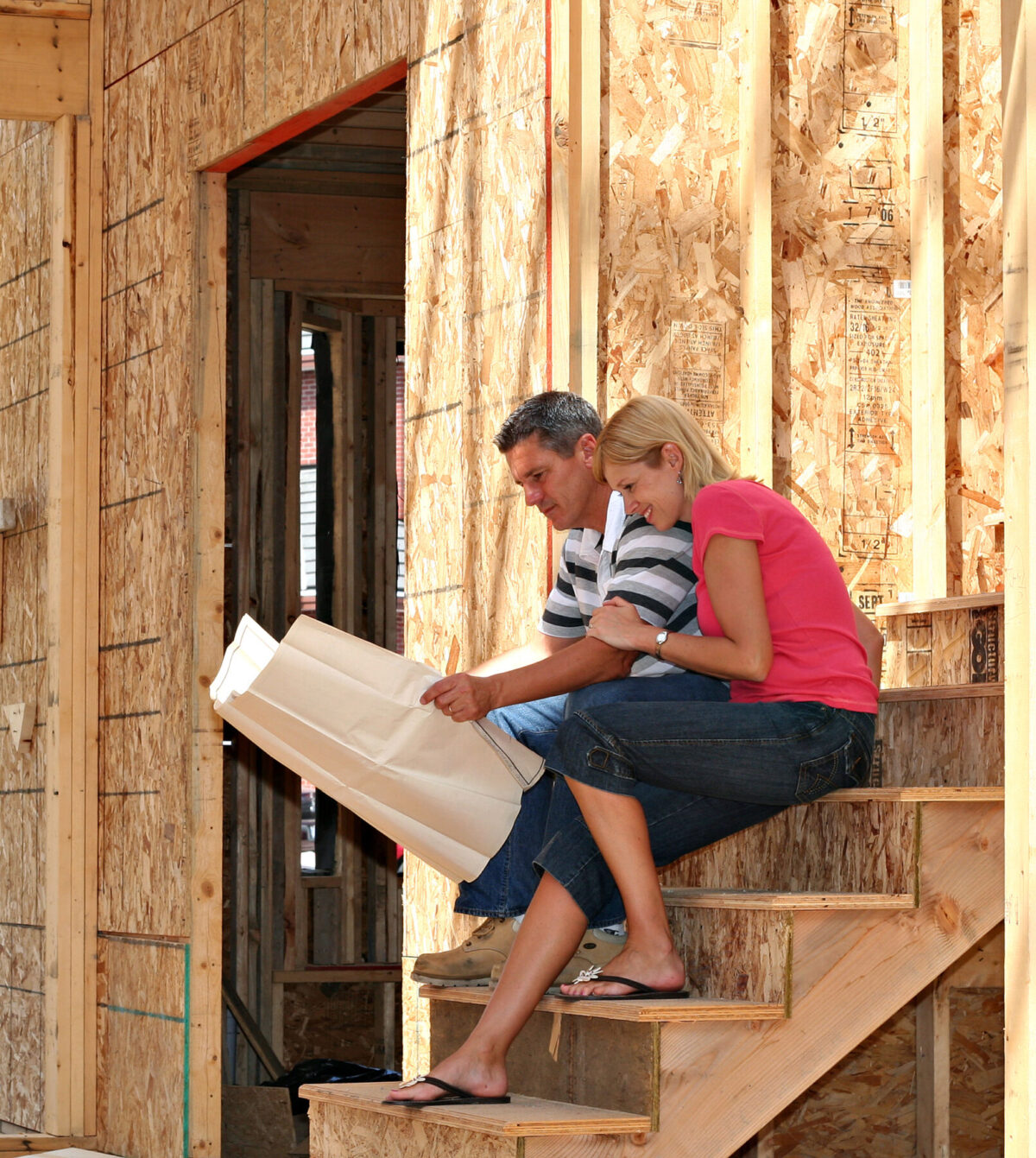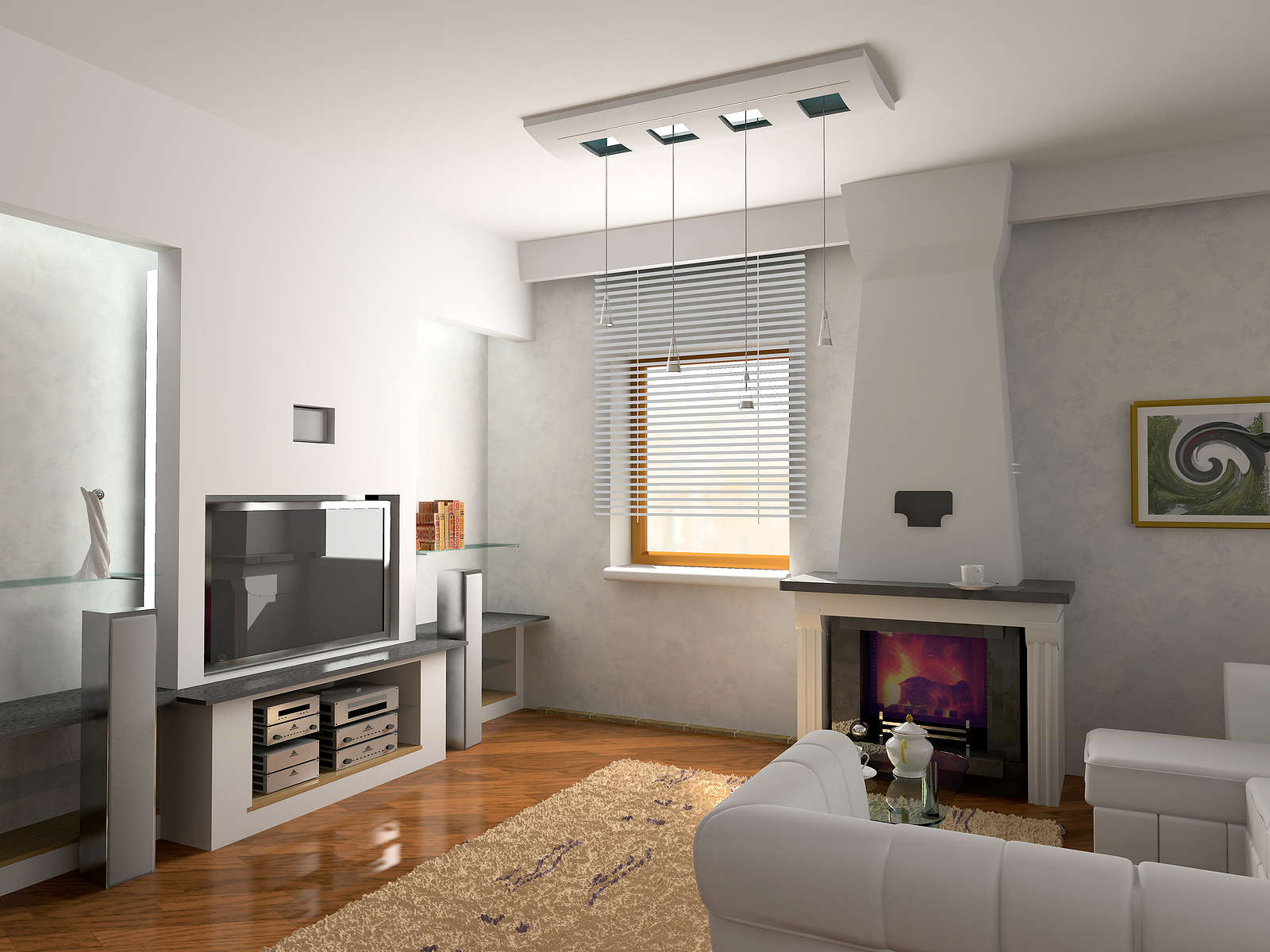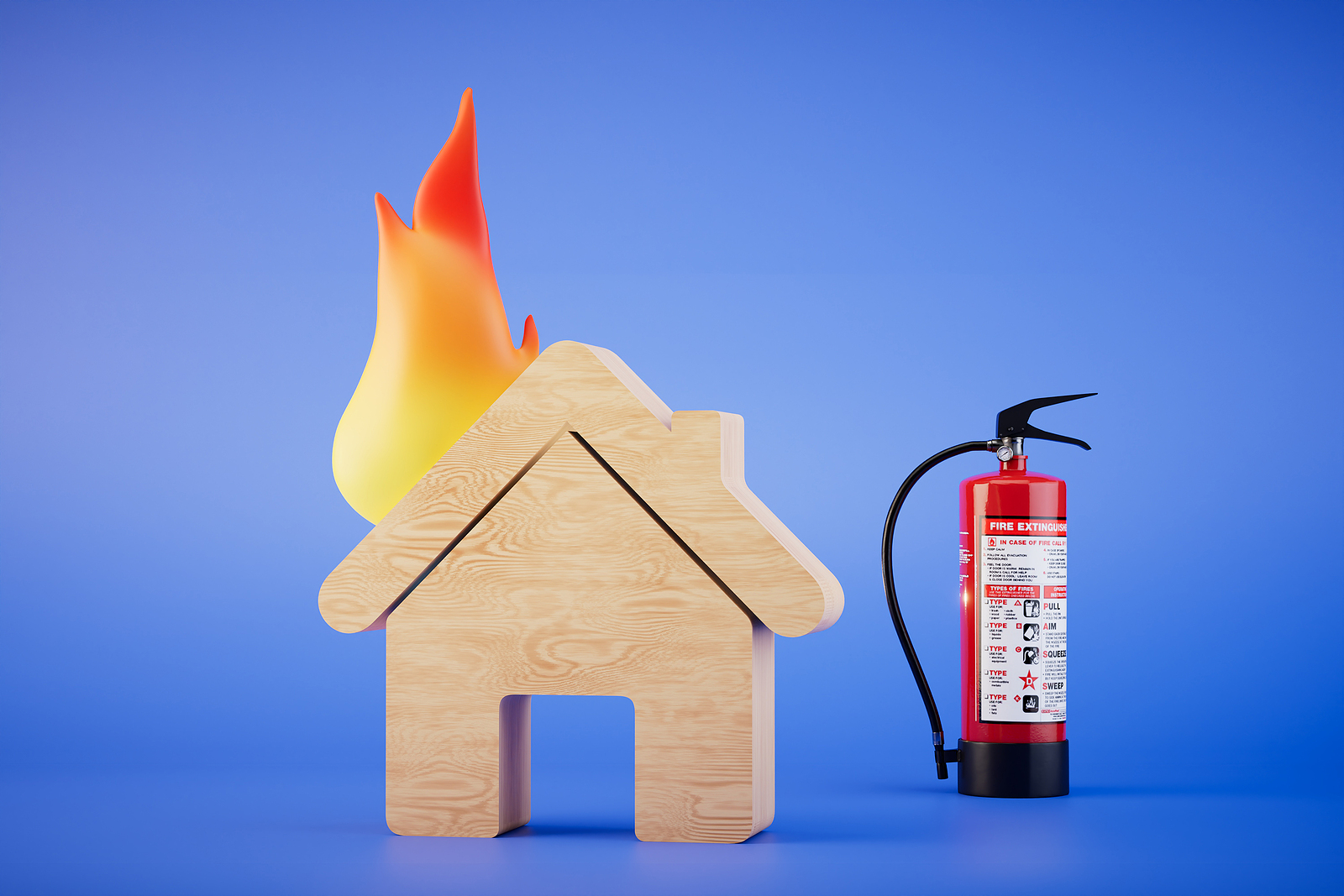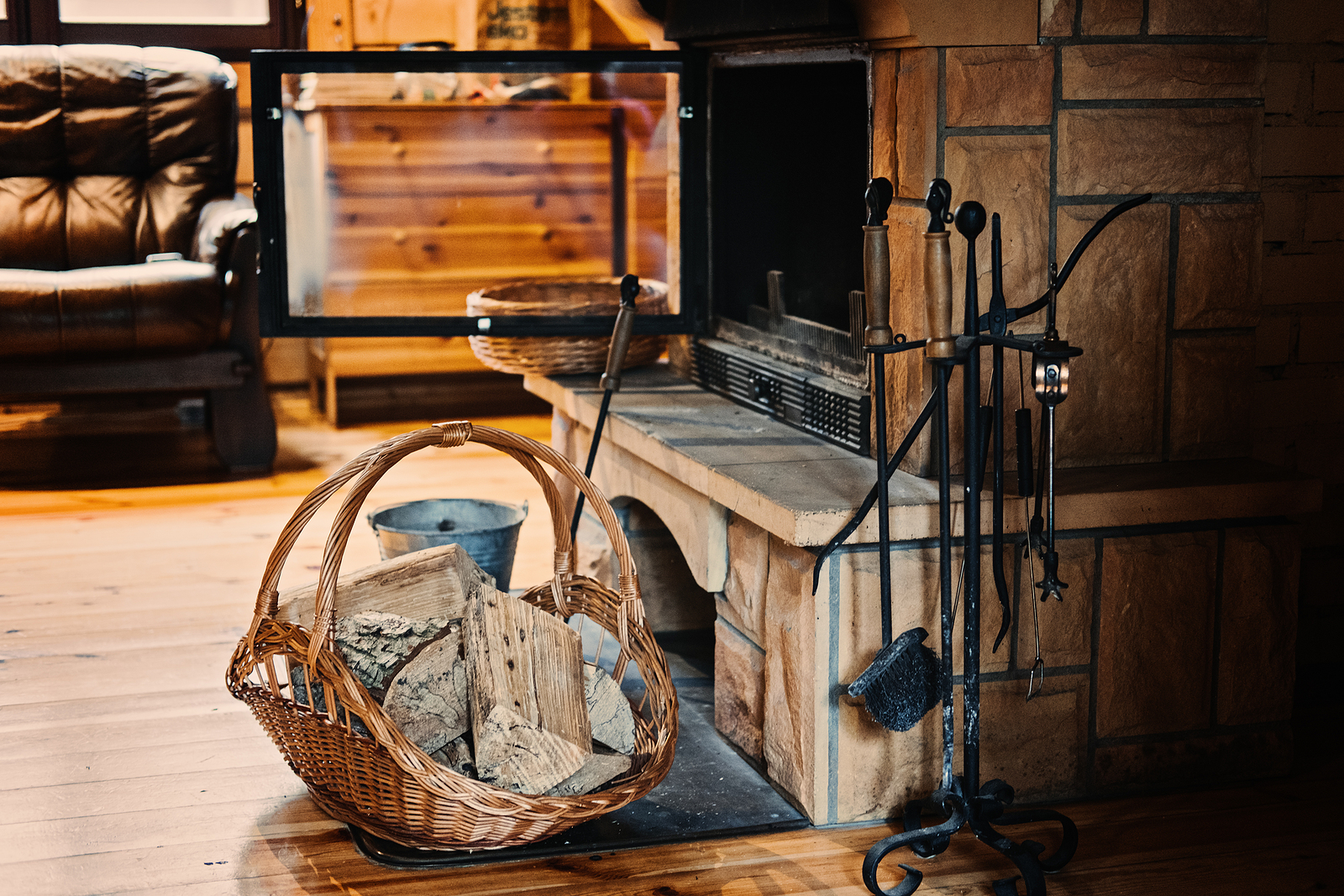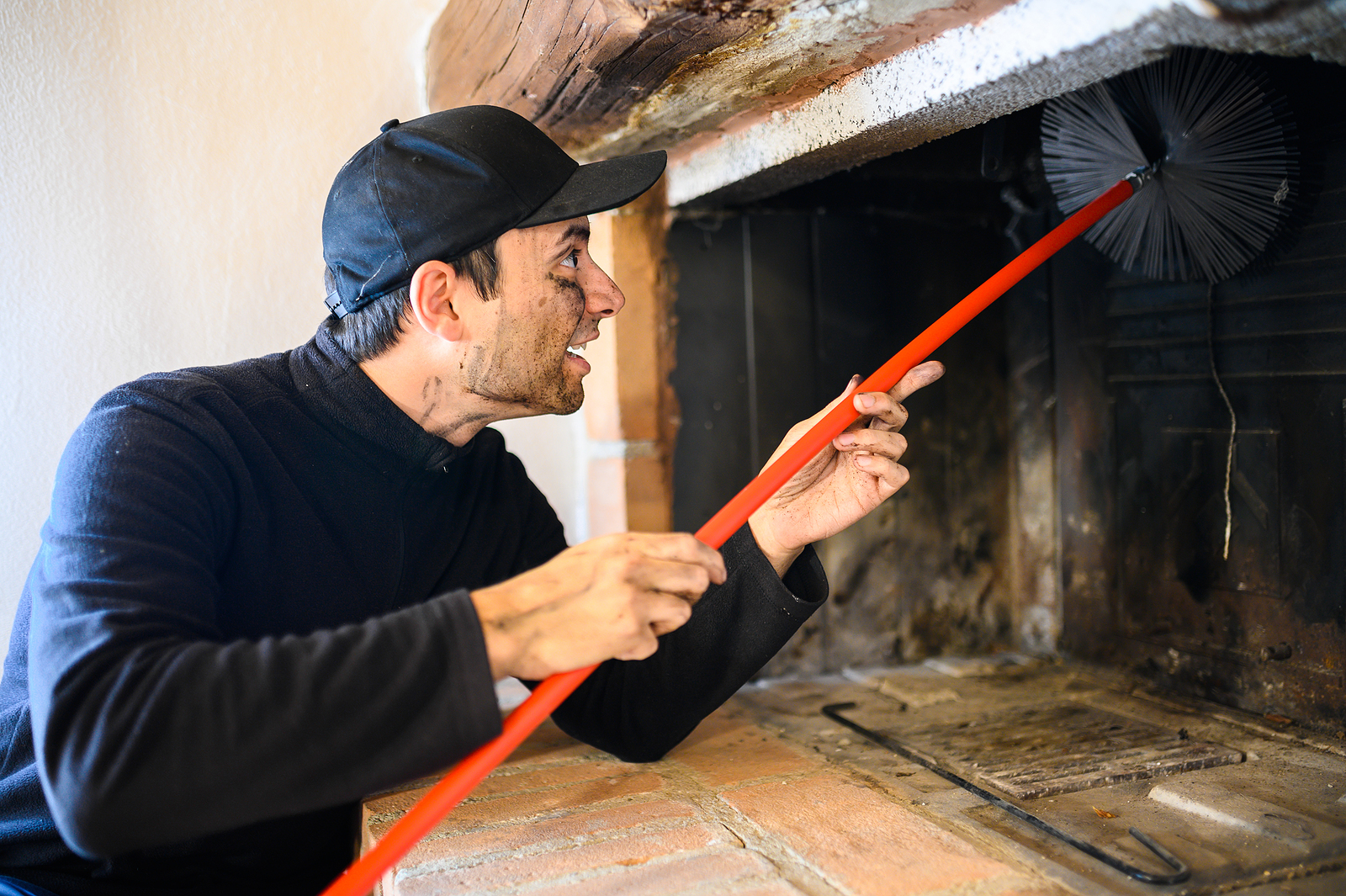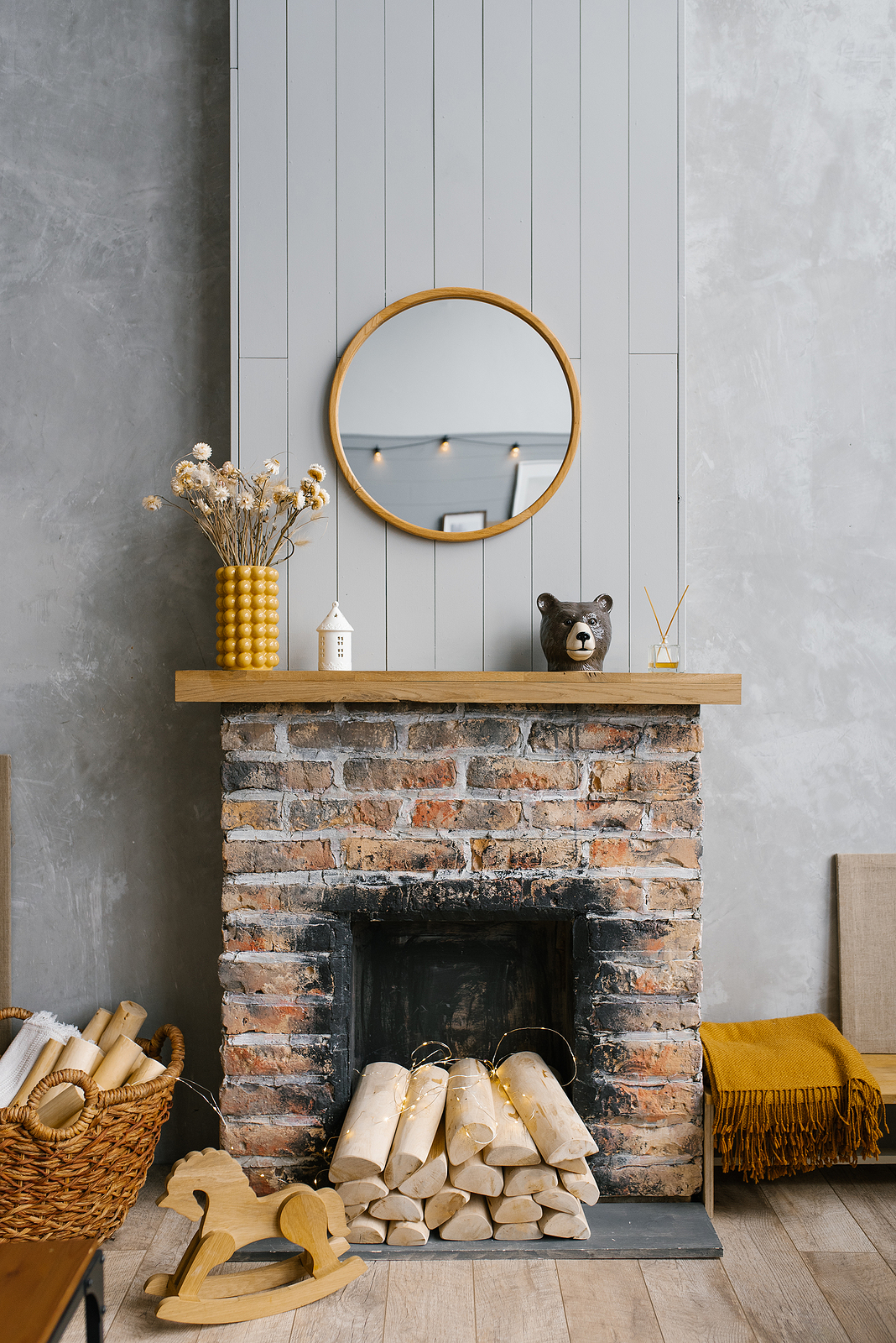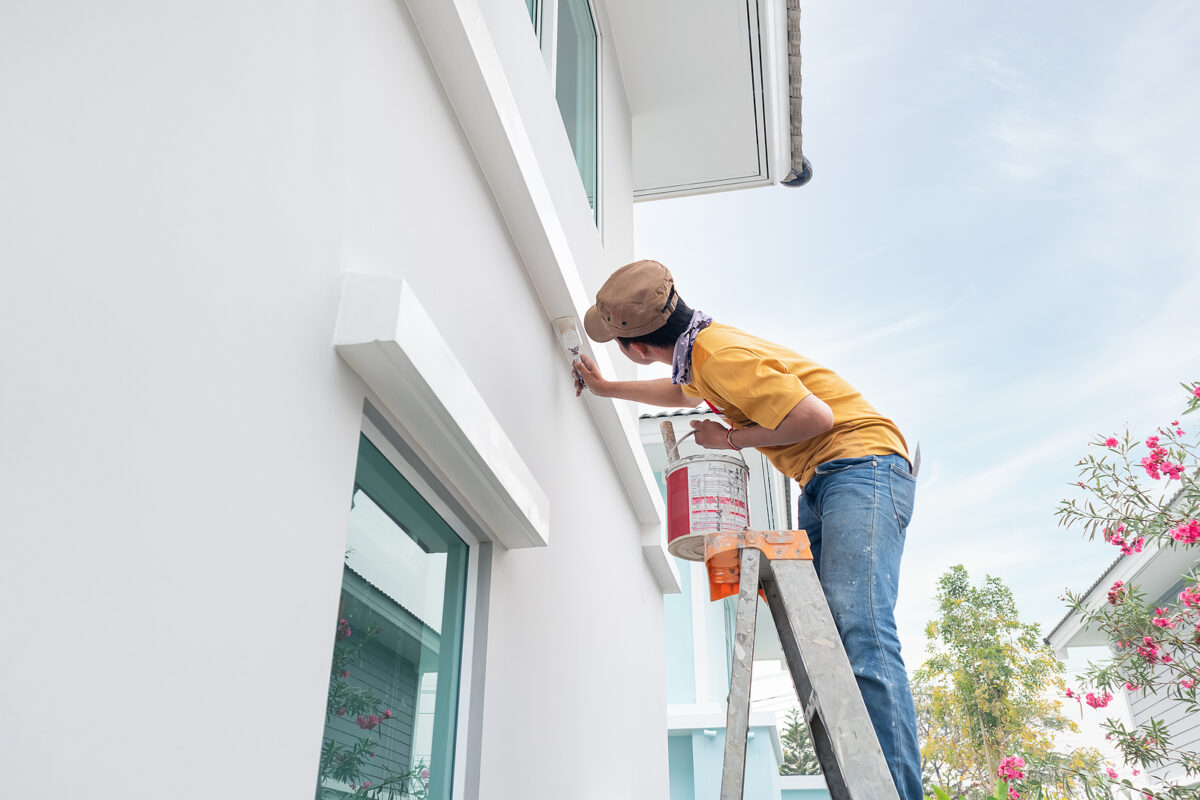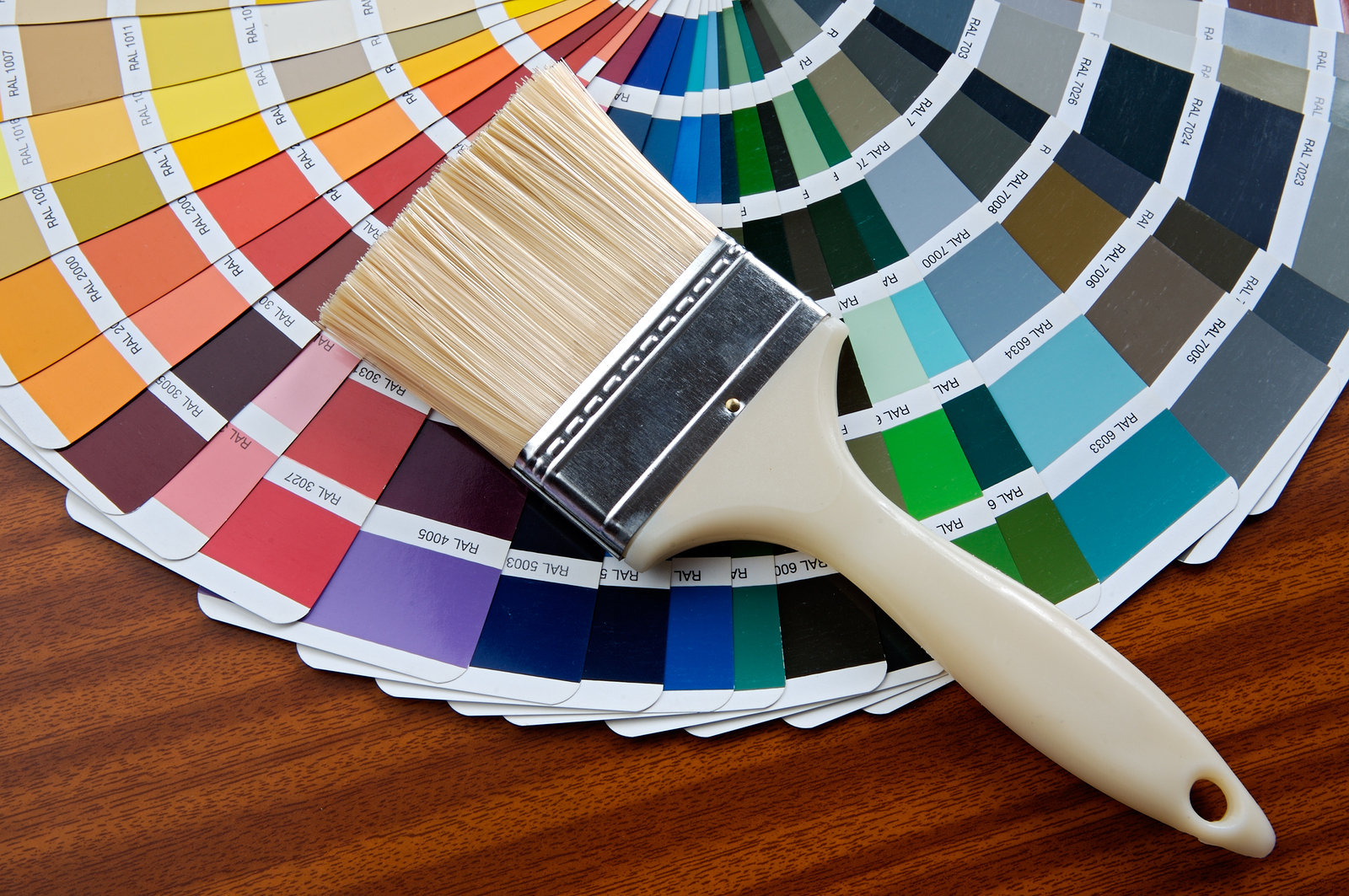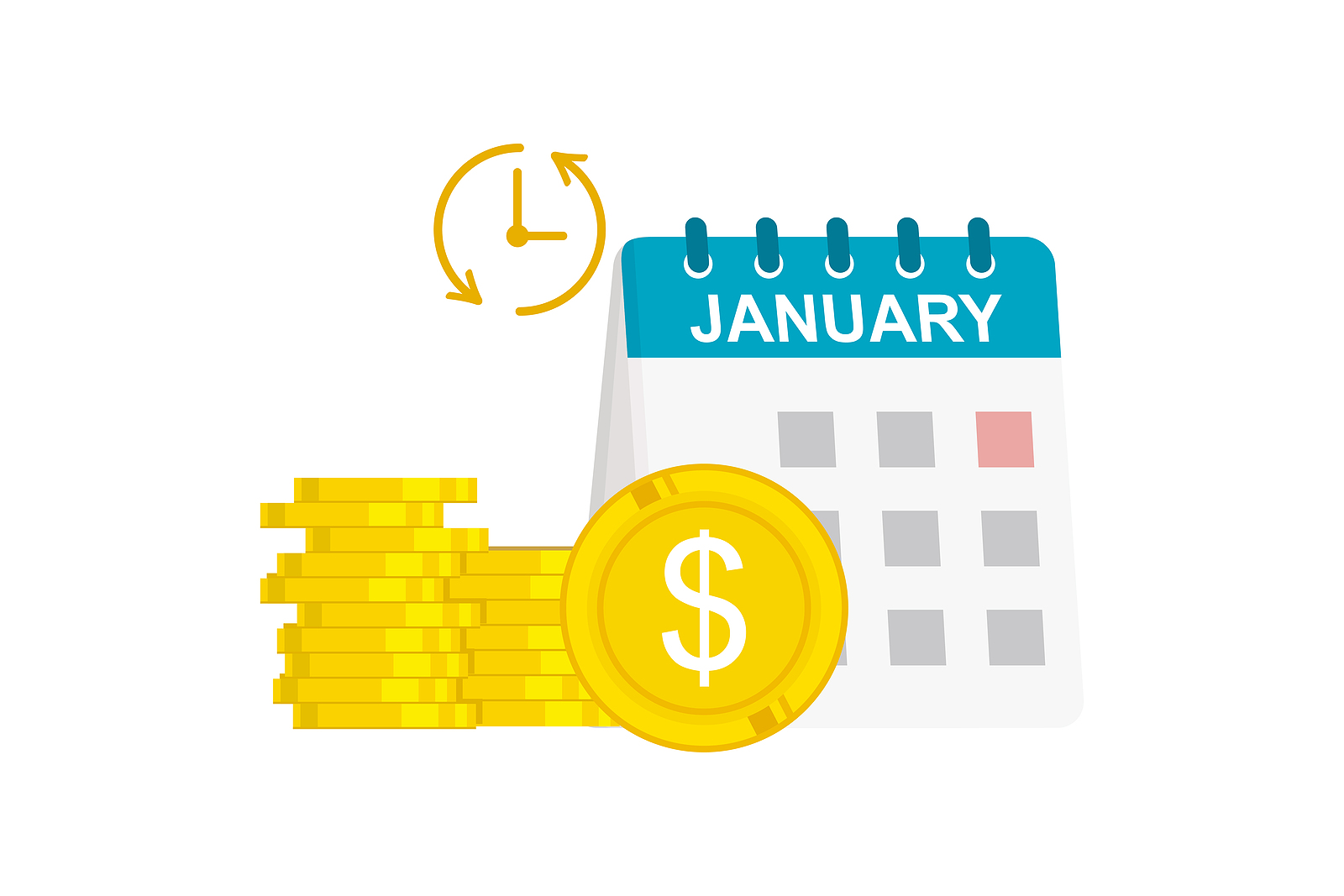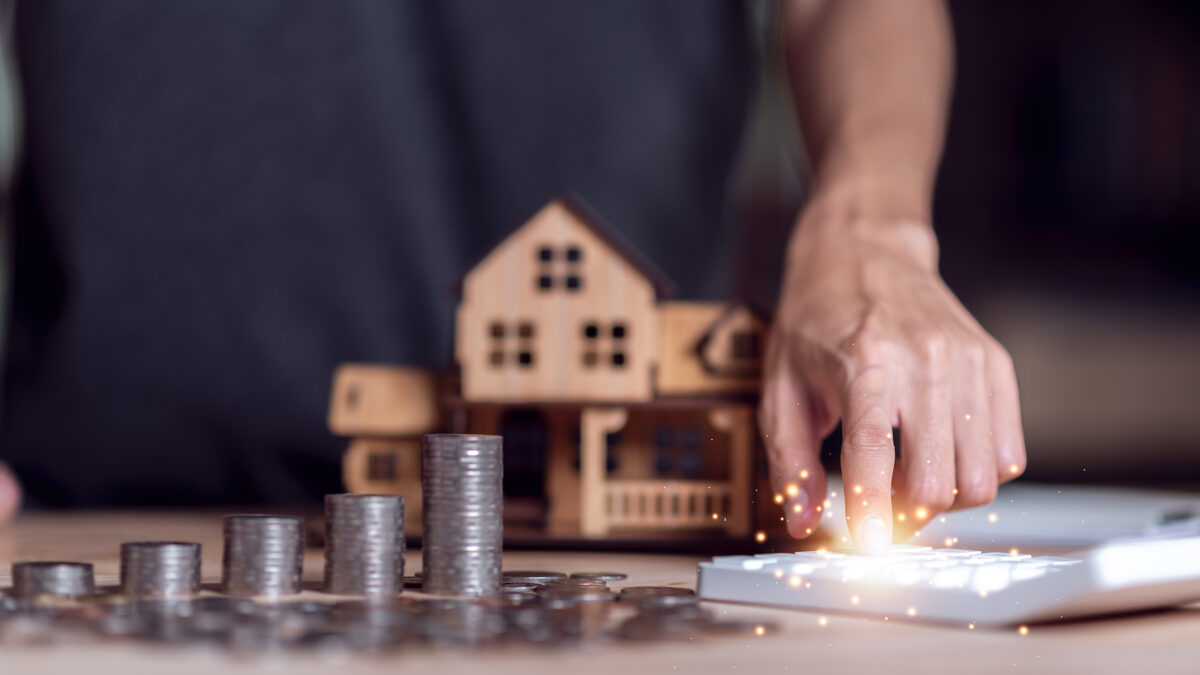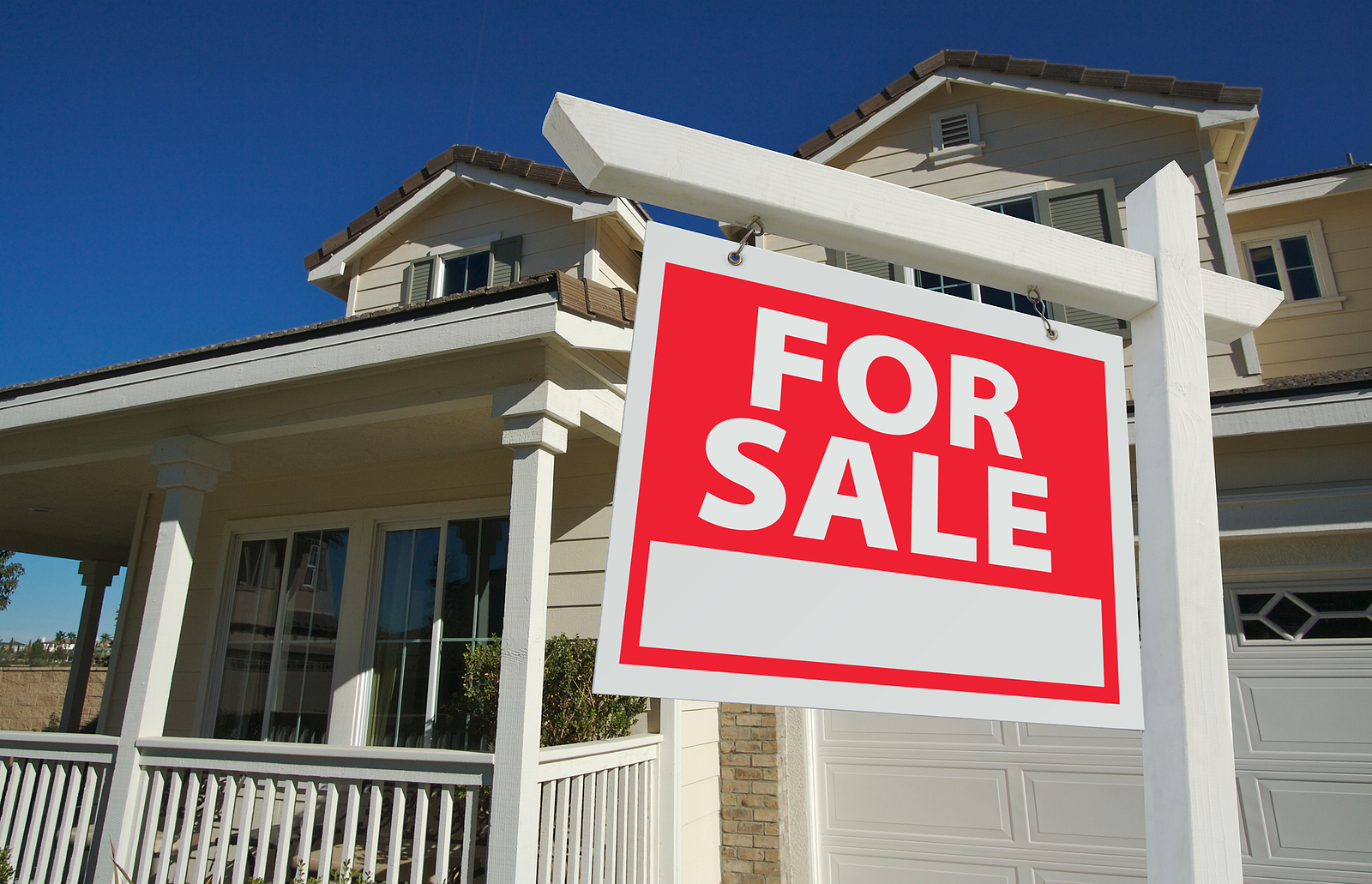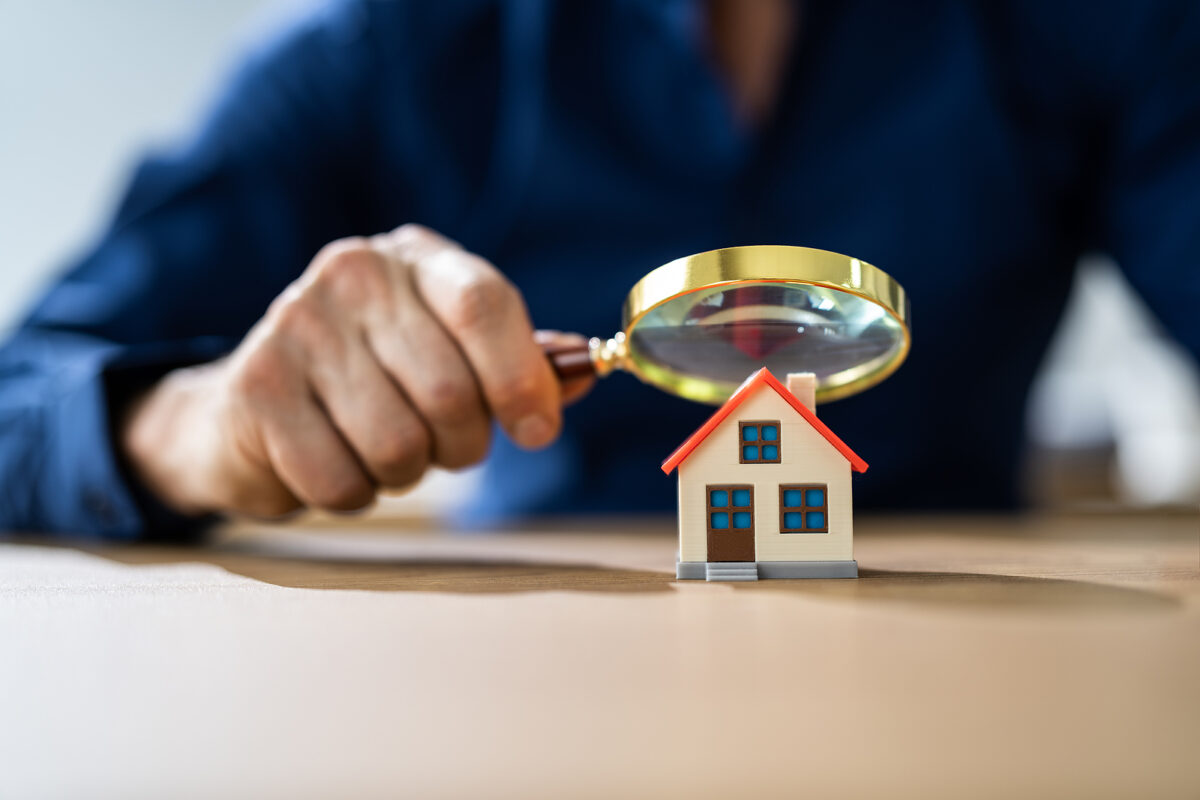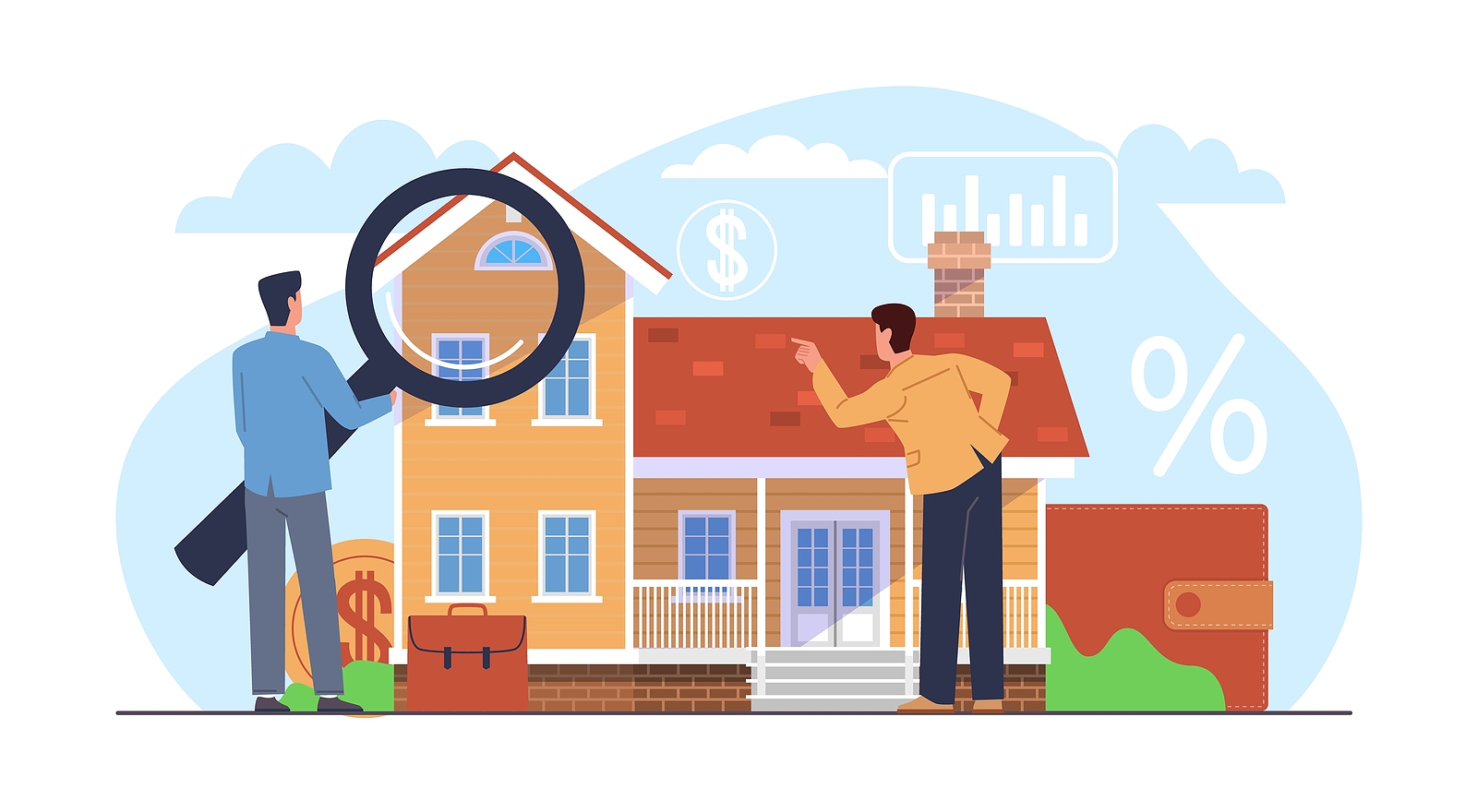Homebuilders are paying attention. “Homebuilders are downsizing the American Dream to lure in entry-level buyers frustrated by the resale housing market,” according to Dani Romero at Yahoo Finance.
They’ve already increased housing starts, which reflects their aim to meet the wants and needs of homebuyers who are frustrated by the paltry number of existing homes for sale.
This is huge news for you if you’re among that group. Would you ever imagine that you could buy a brand-new home? No greasy smells from someone else’s cooking, no nasty carpet. Everything, down to the last detail, is brand new.
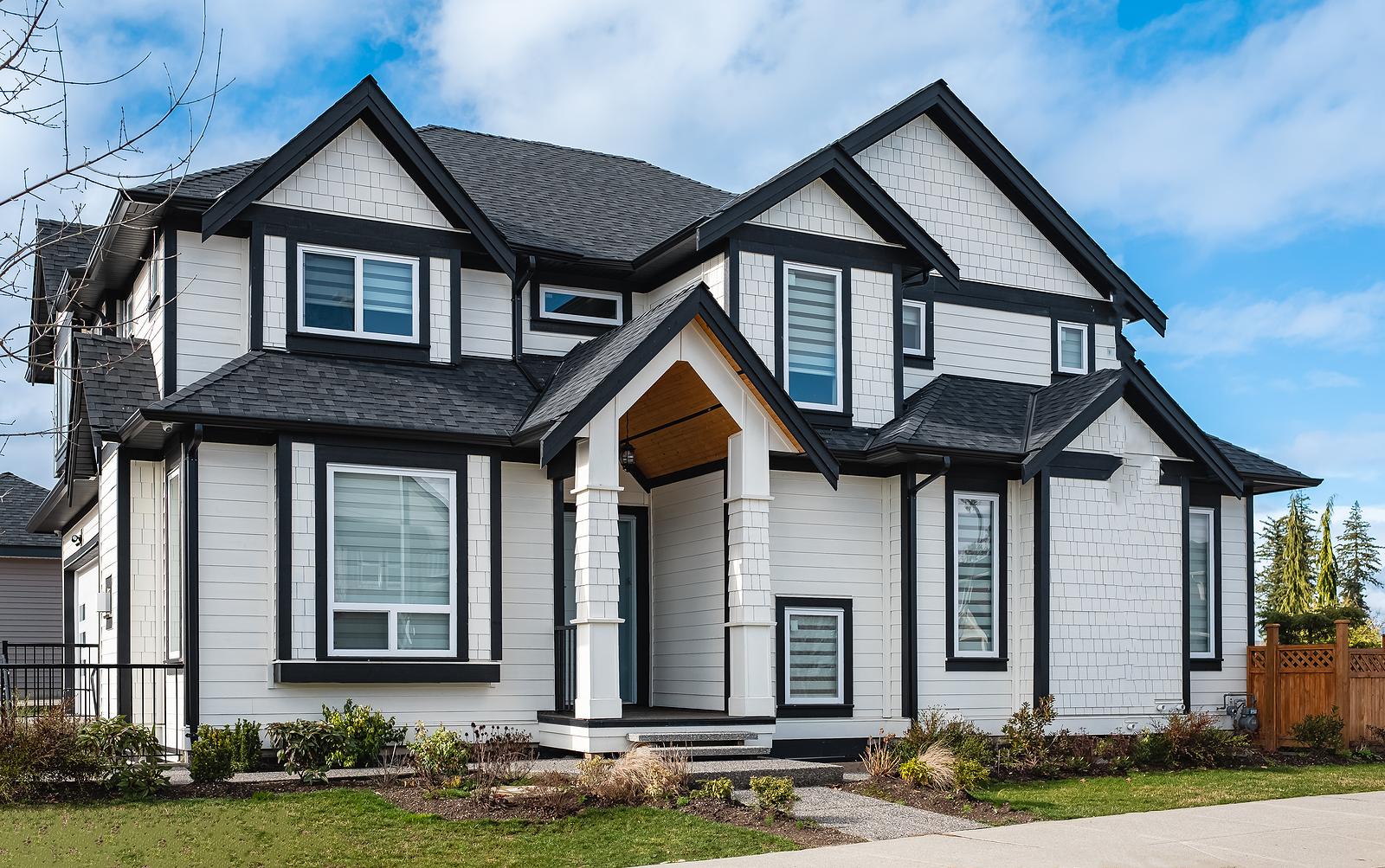
But wait … there’s more
Have you ever met a homeowner who threw in a pricey country club membership as an enticement to purchase his home? We haven’t either, yet we have met home builders who do just that.
It’s called an incentive and in slow-moving real estate markets, it takes more than offering a choice of countertops and sexy landscaping to sell a home. In some luxury home communities, in fact, huge incentives are the norm.
Incentives from builders run the gamut from appliances to gift cards to mortgage rate buydowns. The latter should be particularly attractive to first-time homebuyers.
If you aren’t familiar with rate buydowns, learn more at CNBC.com.
Incentives aren’t the only reason, however, that many Americans are touring new home communities.
Shop smart and you’ll save money in the long run
Most new homes are energy efficient. If you go a step further and buy a house that bears the ENERGY STAR label, you’ll use 20 to 30 percent less energy every year than you would had you purchased an existing home without ENERGY STAR labeling.

Considering that the average American spends $2,368 on utility bills every year (NerdWallet.com), this reflects substantial savings. What would you do with an extra $473 to $710 a year?
Add that to any incentives you’re offered and you may save a significant chunk of money, not only on the purchase, but down the road with less expensive power bills.
While all of this is good news for homebuyers there are aspects of the new-home purchase that should be considered.
Don’t shop without representation
The builder is represented by a real estate agent. As such, he or she owes a fiduciary duty to the builder, not the buyer.
To protect your interests, use a real estate agent while shopping for and purchasing a newly constructed home. It will cost you nothing, as the builder pays all real estate brokerage fees.
Try to ignore the bling
Model homes are alluring – it’s easy to fall head over heels in love with them. The builder knows this and loads the models with her top-of-the-line options and upgrades.
So, while you dream of having a replica of the model home, the builder dreams of giving it to you – at tens of thousands of dollars over the original price of the home.
New home specialists suggest that you choose options and upgrades that appeal to you and will make living in the home more pleasant, rather than trying to copy the model home’s features.

Ask the builder’s representative if you will be held financially responsible for installed upgrades should you need to cancel the sale.
Finally, if you absolutely must have an expensive upgrade, find out how much it would cost to have an outside contractor purchase and install it after the close of escrow. You may be surprised how much money you can save by going this route.
Inspect to protect
“Buy a new one [home], and you’re essentially the guinea pig testing how well the HVAC system works and whether the basement floods during a storm,” cautions Lisa Kaplan Gordon at Realtor.com.
There are several other reasons you should have the new home professionally inspected by an independent third party prior to closing escrow.
Experts with the California Real Estate Inspection Association take the inspection process one step further, suggesting that the home should be inspected during construction. This helps “… ensure that the work completed is in compliance with plans, specifications, and the construction schedule.”
Finally, real estate legal experts suggest that you purchase a new home warranty that takes up any slack in the builder’s warranty.
So, what are you waiting for? Grab your real estate agent (that would be us, by the way!) and head out to tour the new homes under construction. You may be surprised by what you find.
